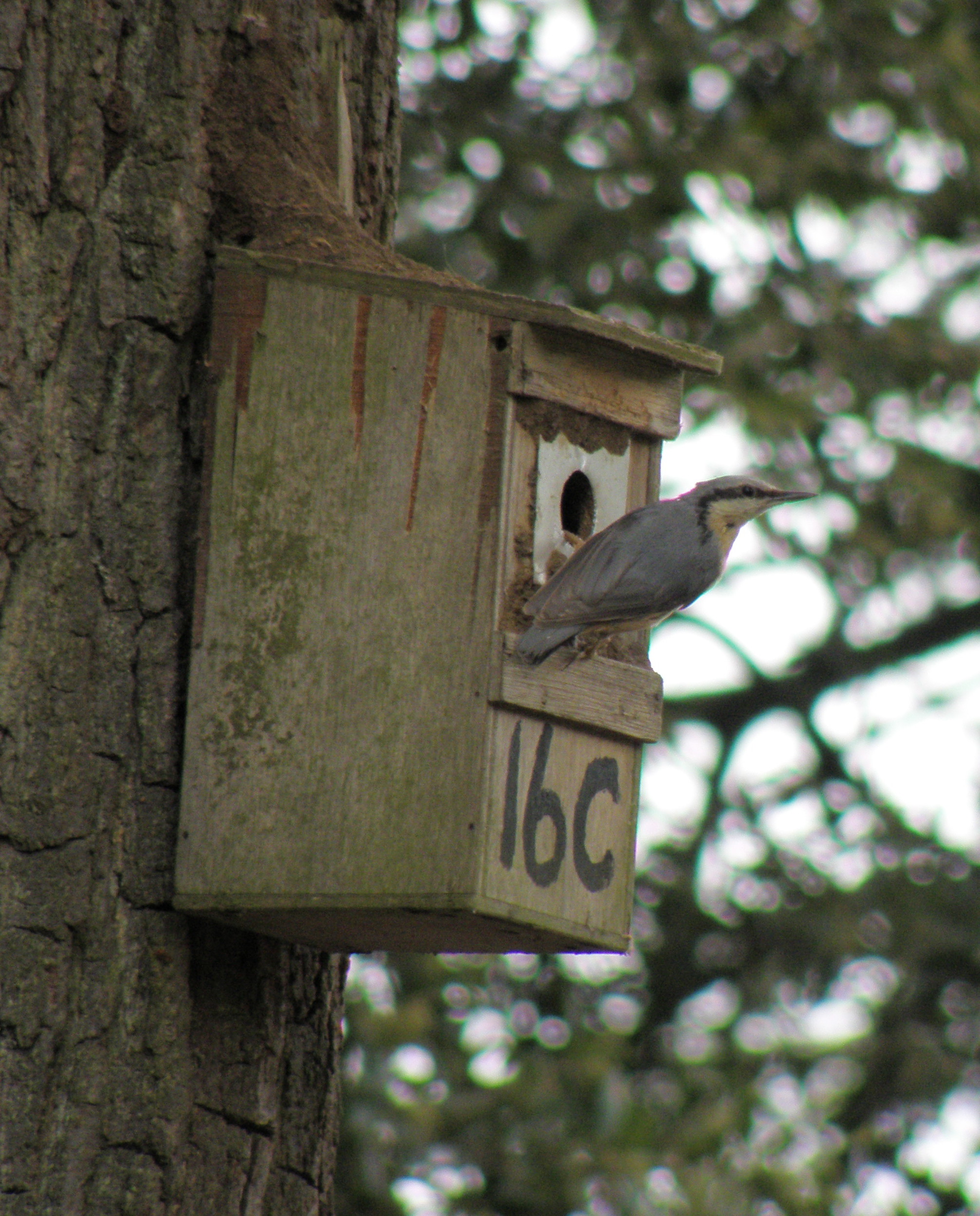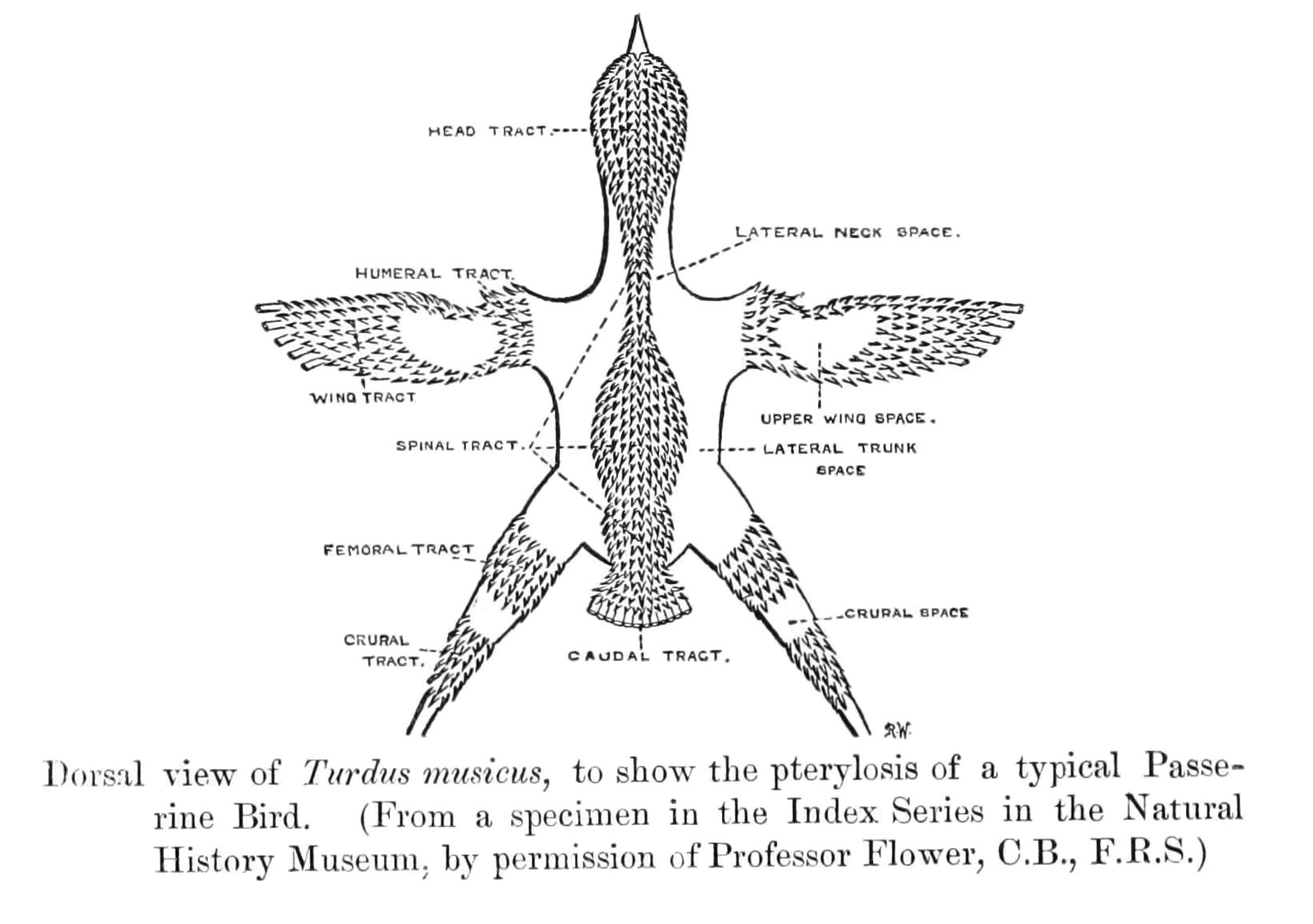|
Nuthatch
The nuthatches () constitute a genus, ''Sitta'', of small passerine birds belonging to the family Sittidae. Characterised by large heads, short tails, and powerful bills and feet, nuthatches advertise their territory using loud, simple songs. Most species exhibit grey or bluish upper parts and a black eye stripe. Most nuthatches breed in the temperate or montane woodlands of the Northern Hemisphere, although two species have adapted to rocky habitats in the warmer and drier regions of Eurasia. However, the greatest diversity is in Southern Asia, and similarities between the species have made it difficult to identify distinct species. All members of this genus nest in holes or crevices. Most species are non-migratory and live in their habitat year-round, although the North American red-breasted nuthatch migrates to warmer regions during the winter. A few nuthatch species have restricted ranges and face threats from deforestation. Nuthatches are omnivorous, eating mostly insec ... [...More Info...] [...Related Items...] OR: [Wikipedia] [Google] [Baidu] |
Eurasian Nuthatch
The Eurasian nuthatch or wood nuthatch (''Sitta europaea'') is a small passerine bird found throughout the Palearctic and in Europe. Like other nuthatches, it is a short-tailed bird with a long bill, blue-gray upperparts and a black eye-stripe. It is a vocal bird with a repeated loud ''dwip'' call. There are more than 20 subspecies in three main groups; birds in the west of the range have orange-buff underparts and a white throat, those in Russia have whitish underparts, and those in the east have a similar appearance to European birds, but lack the white throat. Its preferred habitat is mature deciduous or mixed woodland with large, old trees, preferably oak. Pairs hold permanent territories, and nest in tree holes, usually old woodpecker nests, but sometimes natural cavities. If the entrance to the hole is too large, the female plasters it with mud to reduce its size, and often coats the inside of the cavity too. The six to nine red-speckled white eggs are laid on a deep base ... [...More Info...] [...Related Items...] OR: [Wikipedia] [Google] [Baidu] |
Red-breasted Nuthatch
The red-breasted nuthatch (''Sitta canadensis'') is a small songbird. The adult has blue-grey upperparts with cinnamon underparts, a white throat and face with a black stripe through the eyes, a straight grey bill and a black crown. Its call, which has been likened to a tin trumpet, is high-pitched and nasal. It breeds in coniferous forests across Canada, Alaska and the northeastern and western United States. Though often a permanent resident, it regularly irrupts further south if its food supply fails. There are records of vagrants occurring as far south as the Gulf Coast and northern Mexico. It forages on the trunks and large branches of trees, often descending head first, sometimes catching insects in flight. It eats mainly insects and seeds, especially from conifers. It excavates its nest in dead wood, often close to the ground, smearing the entrance with pitch. Taxonomy In 1760, the French zoologist Mathurin Jacques Brisson included a description of the red-breasted n ... [...More Info...] [...Related Items...] OR: [Wikipedia] [Google] [Baidu] |
Nuthatch Vanga
The nuthatch vanga (''Hypositta corallirostris''), also known as the coral-billed nuthatch-vanga and formerly as the coral-billed nuthatch, is a species of bird in the family Vangidae. It is endemic to Madagascar. Its natural habitat is subtropical or tropical moist lowland forest A forest is an ecosystem characterized by a dense ecological community, community of trees. Hundreds of definitions of forest are used throughout the world, incorporating factors such as tree density, tree height, land use, legal standing, ...s. References nuthatch vanga Endemic birds of Madagascar nuthatch vanga Taxonomy articles created by Polbot {{Vangidae-stub ... [...More Info...] [...Related Items...] OR: [Wikipedia] [Google] [Baidu] |
Passerine
A passerine () is any bird of the order Passeriformes (; from Latin 'sparrow' and '-shaped') which includes more than half of all bird species. Sometimes known as perching birds, passerines generally have an anisodactyl arrangement of their toes (three pointing forward and one back), which facilitates perching. With more than 140 families and some 6,500 identified species, Passeriformes is the largest order of birds and one of the most diverse clades of terrestrial vertebrates, representing 60% of birds.Ericson, P.G.P. et al. (2003Evolution, biogeography, and patterns of diversification in passerine birds ''J. Avian Biol'', 34:3–15.Selvatti, A.P. et al. (2015"A Paleogene origin for crown passerines and the diversification of the Oscines in the New World" ''Molecular Phylogenetics and Evolution'', 88:1–15. Passerines are divided into three suborders: New Zealand wrens; Suboscines, primarily found in North and South America; and songbirds. Passerines originated in the ... [...More Info...] [...Related Items...] OR: [Wikipedia] [Google] [Baidu] |
Wallcreeper
The wallcreeper (''Tichodroma muraria'') is a small passerine bird found throughout the high mountains of the Palearctic from southern Europe to central China. It is the only extant member of both the genus '' Tichodroma'' and the family Tichodromidae. Taxonomy and systematics In the past, there was some disagreement among ornithologists as to where the wallcreeper belongs in the taxonomic order. Initially, Linnaeus included it in the treecreepers as ''Certhia muraria'', and even when given a separate genus of its own, ''Tichodroma'', by Johann Karl Wilhelm Illiger in 1811, it was long included in the treecreeper family Certhiidae. More recently, it was placed in its own monotypic family, Tichodromadidae, by Karel Voous in the influential '' List of Recent Holarctic Bird Species'', while other authorities such as Charles Vaurie put it in a monotypic family called Tichodromadinae, as a subfamily of the nuthatch family Sittidae. In either case, it is closely related to the nut ... [...More Info...] [...Related Items...] OR: [Wikipedia] [Google] [Baidu] |
Sittella
The sittellas are a family, Neosittidae, of small passerine birds found only in Australasia. They resemble nuthatches, but whilst they were considered to be in that family for many years they are now afforded their own family. They do not migrate other than for local movements. The sittellas are small woodland birds with thin pointed down-curved bills, which they use to extricate insects from bark. Nests are open cups in forked branches. They were formerly classified in two separate genera with the black sittella in ''Daphoenositta'' and the varied and Papuan sittellas in ''Neositta''. The two genera are now usually merged, with ''Daphoenositta'' having priority. Evolution and taxonomy The true evolutionary affinities of the sittellas have long been clouded by their close resemblance to the Northern Hemisphere nuthatches.Noske, R. (2007) "Family Neosittidae (Sittellas)", pp. 628-639 in Del Hoyo, J.; Elliot, A. & Christie D. (editors). (2007). ''Handbook of the Birds of the Worl ... [...More Info...] [...Related Items...] OR: [Wikipedia] [Google] [Baidu] |
Mixed-species Feeding Flock
A mixed-species feeding flock, also termed a mixed-species foraging flock, mixed hunting party or informally bird wave, is a flock of usually insectivorous birds of different species that join each other and move together while foraging. These are different from feeding aggregations, which are congregations of several species of bird at areas of high food availability. While it is currently unknown how mixed-species foraging flocks originate, researchers have proposed a few mechanisms for their initiation. Many believe that nuclear species play a vital role in mixed-species flock initiation. Additionally, the forest structure is hypothesized to play a vital role in these flocks' formation. In Sri Lanka, for example, vocal mimicry by the greater racket-tailed drongo might have a key role in the initiation of mixed-species foraging flocks, while in parts of the American tropics packs of foraging golden-crowned warblers might play the same role. Composition Mixed-species foragin ... [...More Info...] [...Related Items...] OR: [Wikipedia] [Google] [Baidu] |
Seed
In botany, a seed is a plant structure containing an embryo and stored nutrients in a protective coat called a ''testa''. More generally, the term "seed" means anything that can be Sowing, sown, which may include seed and husk or tuber. Seeds are the product of the ripened ovule, after the embryo sac is fertilization, fertilized by Pollen, sperm from pollen, forming a zygote. The embryo within a seed develops from the zygote and grows within the mother plant to a certain size before growth is halted. The formation of the seed is the defining part of the process of reproduction in seed plants (spermatophytes). Other plants such as ferns, mosses and marchantiophyta, liverworts, do not have seeds and use water-dependent means to propagate themselves. Seed plants now dominate biological Ecological niche, niches on land, from forests to grasslands both in hot and cold climates. In the flowering plants, the ovary ripens into a fruit which contains the seed and serves to disseminate ... [...More Info...] [...Related Items...] OR: [Wikipedia] [Google] [Baidu] |
Taxon
In biology, a taxon (back-formation from ''taxonomy''; : taxa) is a group of one or more populations of an organism or organisms seen by taxonomists to form a unit. Although neither is required, a taxon is usually known by a particular name and given a particular ranking, especially if and when it is accepted or becomes established. It is very common, however, for taxonomists to remain at odds over what belongs to a taxon and the criteria used for inclusion, especially in the context of rank-based (" Linnaean") nomenclature (much less so under phylogenetic nomenclature). If a taxon is given a formal scientific name, its use is then governed by one of the nomenclature codes specifying which scientific name is correct for a particular grouping. Initial attempts at classifying and ordering organisms (plants and animals) were presumably set forth in prehistoric times by hunter-gatherers, as suggested by the fairly sophisticated folk taxonomies. Much later, Aristotle, and later st ... [...More Info...] [...Related Items...] OR: [Wikipedia] [Google] [Baidu] |
Morphology (biology)
Morphology (from Ancient Greek μορφή (morphḗ) "form", and λόγος (lógos) "word, study, research") is the study of the form and structure of organisms and their specific structural features. This includes aspects of the outward appearance (shape, structure, color, pattern, size), as well as the form and structure of internal parts like bones and organs, i.e., anatomy. This is in contrast to physiology, which deals primarily with function. Morphology is a branch of life science dealing with the study of the overall structure of an organism or taxon and its component parts. History The etymology of the word "morphology" is from the Ancient Greek (), meaning "form", and (), meaning "word, study, research". While the concept of form in biology, opposed to function, dates back to Aristotle (see Aristotle's biology), the field of morphology was developed by Johann Wolfgang von Goethe (1790) and independently by the German anatomist and physiologist Karl Fried ... [...More Info...] [...Related Items...] OR: [Wikipedia] [Google] [Baidu] |




